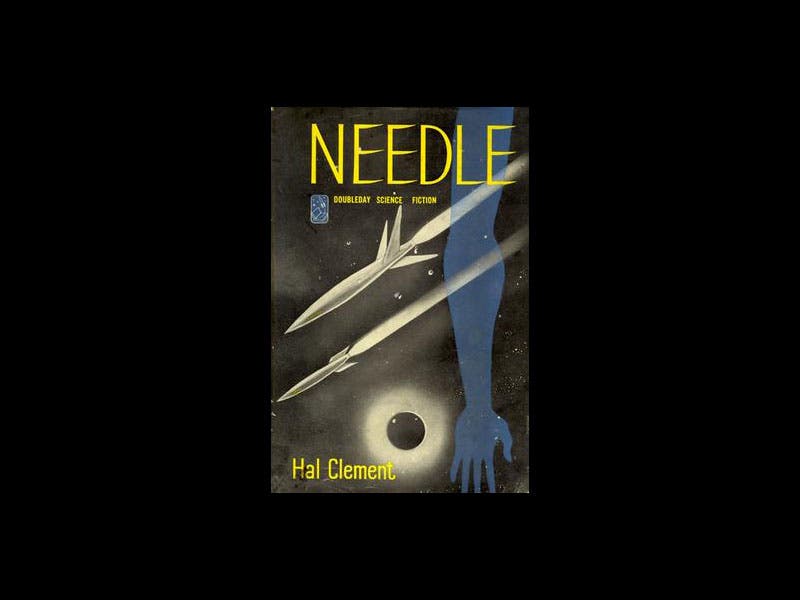Scientist of the Day - Henry Clement Stubbs




Henry Clement Stubbs, an American high-school science teacher, was born May 30, 1922. Stubbs taught at Milton Academy near Boston, then as now a very fine New England prep school, but still, not many high-school teachers make appearances in "Scientist of the Day" columns. Stubbs does, because under his pen name, Hal Clement, he wrote some of the most memorable science fiction of the twentieth century, and we will refer to him as Hal Clement for the rest of this essay. Clement is the acknowledged pioneer of what is commonly known as "hard SF". Unlike fantasy, or speculative science fiction, Hard SF requires that the scientific basis of the story be known, legitimate and true. There are no warp drives or "beam-me-ups" in Hard SF. But that does not mean that the stories are dull and humdrum. Masters like Clement were able to invoke known scientific principles in extreme situations and create the most startling results.
Clement is best known for his novel Mission of Gravity (1954), in which the action takes place on a massive planet named Mesklin that is rotating extremely rapidly, so that the planet looks rather like an immense discus. Because of its strange shape, the gravitational attraction is about 3 g's at the equator, but about 700 g's at the poles. The plot revolves around an unmanned probe sent by an American space ship to the northern latitudes of Mesklin. Humans can tolerate the 3 g's of the equator but not much more, so they have to rely on a native race, the Mesklinites, to retrieve the probe for them. An organism that can survive hundreds of g's has to have evolved quite differently from any terrestrial species, and that is mostly what the story is about. For example, Mesklinites, who resemble small centipedes, have to be very careful when encountering surface irregularities, because a fall of only 1 centimeter would be fatal in such an extreme gravitational environment. The story is gripping to the very end, and Mission of Gravity is a universally-acknowledged science fiction classic.
We show above the cover art from the original edition of Mission of Gravity (first image), as well as that of Clement's first novel, Needle (1950; second image). When Mission of Gravity was published in paperback in 1963 by Penguin Books, they used for the cover a detail from a painting by Yves Tanguy, The Doubter (1937), that is in the Hirschhorn Museum in Washington D.C. (third image).
Clement lived until 2003 and was a very popular figure at science-fiction conventions; above we see him presenting an award to Frederik Pohl in Boston in 1966 (fourth image, Clement is on the right). But he never left his teaching job, for which he must have had a great deal of passion. It is too bad that he never elected to write a high-school physics textbook. That would have been a textbook worth saving.
Dr. William B. Ashworth, Jr., Consultant for the History of Science, Linda Hall Library and Associate Professor, Department of History, University of Missouri-Kansas City. Comments or corrections are welcome; please direct to ashworthw@umkc.edu.






